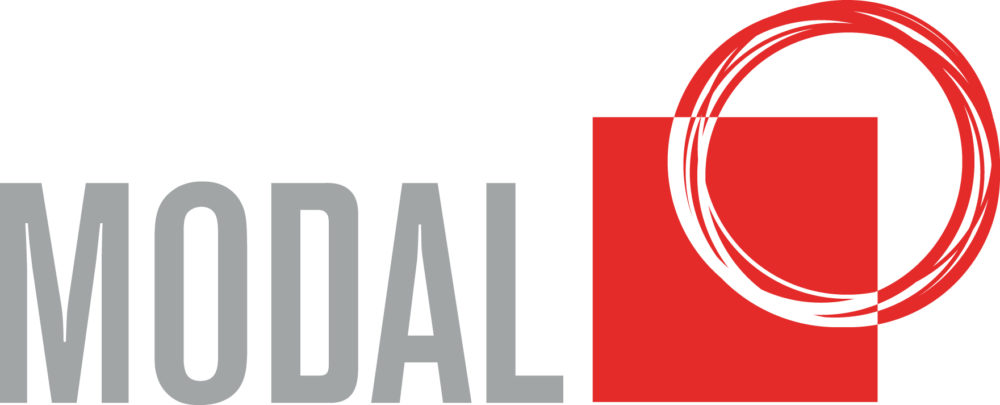Forbes magazine published a startling bit of research this year – “TrainingIndustry.com says that leadership training is a $366 billion global industry. Yet data provided by McKinsey offers a startling insight into the leadership industry: most of these leadership programs fail to create desired results.”
On first glance this is astounding. Why are so many organisations investing so much in developing leaders and yet feeling these initiatives fail to deliver? Some of the insight into this comes from intent. Organisations are good at recognising where the gaps in leadership and performance are. They recognise that investing in people to close performance gaps makes sense, if they can get the sort of mindset and behaviour shifts that improve and sustain performance.
A large part of the problem is in the approach to shift the mindset and behaviour. I see a lot of development programs that consist of getting a cohort of leaders together in a room. These groups of leaders are educated in leadership concepts, theories and tools. They are then sent back into the VUCA (volatile, uncertain, complex and ambiguous) environment of today’s world. They are expected to apply what they learn whilst managing more with less, dealing with complexity, being expected to be part of an increasing number of teams and collaborate effectively across boundaries to deliver. This approach to development is often hit and miss. The already well-rounded smart, driven, talented, emotionally intelligent leaders can profit from this sort of development. Up to a point. But how many leaders don’t make the shifts in mindset, learning and leadership that organisations expect?
So, if just developing cohorts of leaders is not the answer, then what? We still want people to shift their mindset and behaviour. We still want people working more effectively, efficiently and safely. We want them to be more productive through innovation and collaboration. We want them embracing diversity and inclusion. We want them waking up in the morning and thinking about the customer first. How do we help them to make these shifts?
Before answering that question, lets add another piece of the puzzle in the mix. Over my last 14 years of working in both Organisational and Learning and Development, I have seen many dysfunctional senior leadership teams. This begs the question, if they are the most experienced senior leaders, why aren’t they functioning more effectively than anyone else? Here’s my belief. Historically many leaders haven’t learnt how to effectively enable teams to become consistently high performing. Nor have members of teams that report to those leaders, learnt how to do effective teaming. What it takes to be a high performing team player. Not just being the individual high scorer on the team but learning to also provide assists – to set others up for success.
Harvard Business School professor Boris Groysberg found that “star” analysts on Wall Street, as rated by an independent agency, did not perform as well or maintain their star status after moving to another firm. In fact, most of them never regained that status during the five-year study. Those who did had taken their teams—the systems that had helped them succeed—with them when they changed companies.
When organisations invest in developing whole teams, not just leaders, culture begins to improve at a faster rate. We now see increasing evidence that psychological safety is a critical foundation to any successful change in organisations. If people don’t feel like they can speak up and be listened to, then they will not emotionally commit to the change. There will be resistance. Amy Edmondson, Professor of Leadership at Harvard Business School believes development programs will gain greater traction if there is psychological safety in an organisation. Her research shows that the foundational unit of creating psychological safety is a team. When a leader creates an environment of psychological safety through vulnerability, clear expectations and peer on peer coaching the team is the starting point. Members of teams that have this in place (along with accountability) are more likely to operate in what Amy calls the learning zone or performance zone.
The other blocker to leaders leading change successfully in their team, is when there is unhealthy conflict. This occurs when there is what Patrick Lencioni calls artificial harmony, or there is real friction in the team that bubbles to the surface.
Leaders need assistance beyond learning concepts and tools in a classroom in order to help their teams operate in the learning/performance zone. Creating psychological safety, surfacing conflict and enabling accountability are 3 of the most difficult outcomes for many leaders to achieve. This is because these are not easy to do. Working to develop the whole team at the same time as the leader provides:
- The leader with multiple touchpoints of ‘in the moment’ support on how to deliver on psychological safety, surfacing conflict and accountability.
- Self awareness for all members of the team – a focus on self-leadership.
- A sense of inclusion – the whole team lands on collective commitments to how they will operate.
- Learning how to do ‘teaming’ effectively – Many people in organisations are part of more than one team nowadays. The ability to be an effective team player is becoming more critical, and to transfer that mindset and skills, no matter which team they are on.
- A change resilient group who are more ready to embrace your organisations strategic imperative whatever that may be: improved innovation, customer focus, productivity, diversity and inclusion, safety etc.
Given the above, how can you focus on developing the team and not just the leader?
- Design your development initiatives with the whole team in mind – work with the leader to initiate a KPI that is about team effectiveness e.g. a pre and post survey measure of team effectiveness over a set period of time.
- Take a 70:20:10 approach to learning for teams.
- Invest in team coaching (the coach works with the whole team together, not just an individual).
- Assist the leader, by someone from HR co-facilitating team clarity and alignment sessions with intact teams.
What are other ways that organisations can develop teams and not just leaders?





